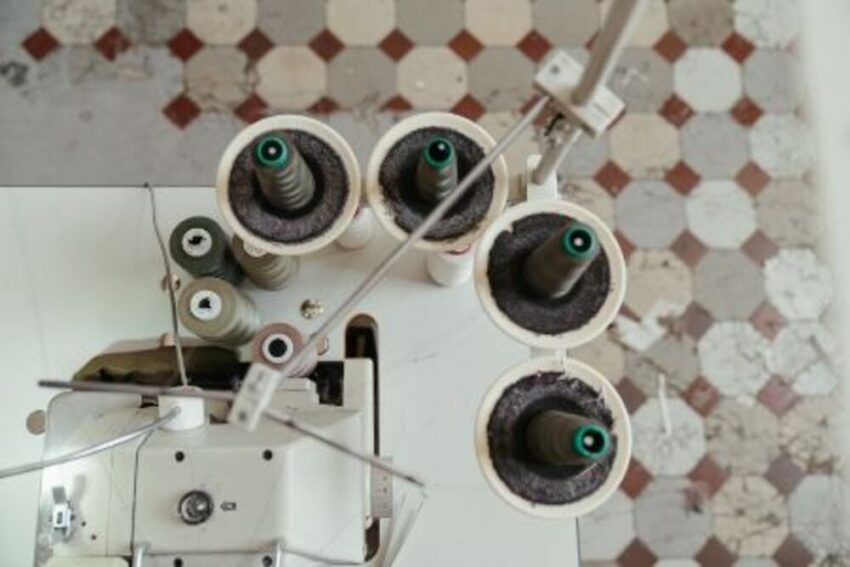No matter if you want to sew for fun or use decorative stitches, having an entry level machine is essential. From high-end computerized machines with embroidery capabilities down to basic garage sale models with simple functions and built in stitch guides – you have plenty of choices when it comes to basic machines for sewing!
Learning the fundamentals of your sewing machine will make sewing more relaxing and straightforward – from finding its power switch to adjusting needle height. Check out about embroidery machine for beginners.
Needle
The needle of a sewing machine serves as the entryway to its stitches, accepting thread from its bobbin to create stitches. Needles vary in size and type depending on fabric type and thread thickness for optimal stitch production. Selecting the appropriate needle will avoid stitching issues; before inserting one in your machine, test its eye by passing thread from top to eye without stopping or skipping; otherwise it could indicate too small of an eye size for its task.
A needle should feature a long groove running down its front from below the shank to above its eye, beginning just beneath its shank and ending above the eye. This front groove should be proportional to needle size and large enough for thread to lie into when entering through its eye. Furthermore, its point should possess an acute edge capable of puncturing fabric easily.
Thread
Thread controls how quickly fabric passes through a machine; too tight may lead to puckered fabric while too loose will produce loopy stitches.
Start by placing the thread onto the spool pin, and add a spool cap (available from hardware stores) – this helps prevent thread from flying off during sewing.
Slide the thread under the lower thread guide bar; there should be a gap on either side to fit it through.
Once thread has passed through the channel and up into a small hook above the needle eye, pass it back through it by gently turning the hand wheel slowly towards you to shift uptake lever into highest position and allow you to see it more easily. Firmly wrap thread around this hook.
Bobbin
The bobbin is the small thread spool at the base of your machine that helps the top thread make stitches and hold seams together. Understanding its function and proper maintenance are vitally important.
Bobbins should be carefully installed and wound to achieve maximum stitching performance from your sewing machine. An incorrect type or misinsertion may lead to poor stitching quality and thread tension issues, leading to unsatisfactory stitching results and thread tension issues.
The bobbin fits securely into its case at the front of your machine. Referring to your machine manual will provide details on how and where to insert and wind thread onto it. After winding thread onto it, be sure to close its cover – remember, as these bobbins are typically constructed of plastic they may break easily when handled roughly; ensure an even wind so it feeds around its shaft and into your spool when sewing.
Fabric
Sewing machines utilize internal mechanisms to produce flawless stitches. To become acquainted with them, practice sewing seams by pinning two pieces of fabric together and sewing along their edge seam. Next, experiment with stitching multiple layers and types of fabrics at once.
Once you are ready to put the machine through its paces, look for one with multiple fabric capabilities – satin, denim and corduroy should all be supported without stretching the fabric or creating loose loopy stitches. A good task lighting feature should help illuminate both fabric and needle.
Flat-bed sewing machines are the most commonly used, featuring an extendable needle arm. Cylinder-bed machines offer another alternative with narrow, cylindrical beds instead of flat bases; these models work better when sewing curved pieces such as cuffs and shoes as they also operate quicker.
